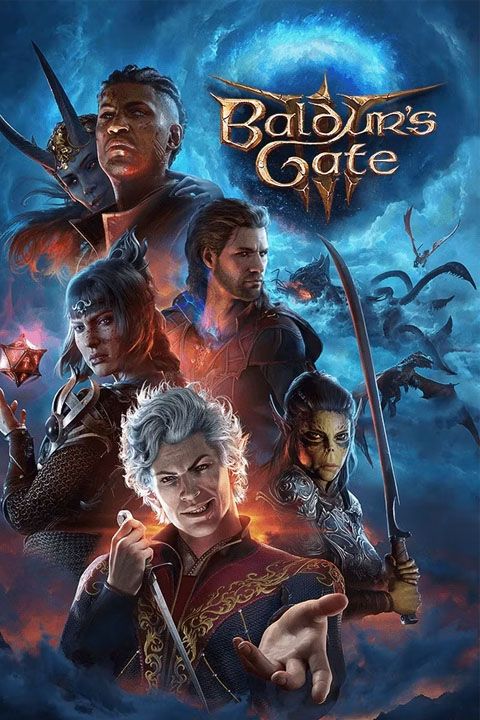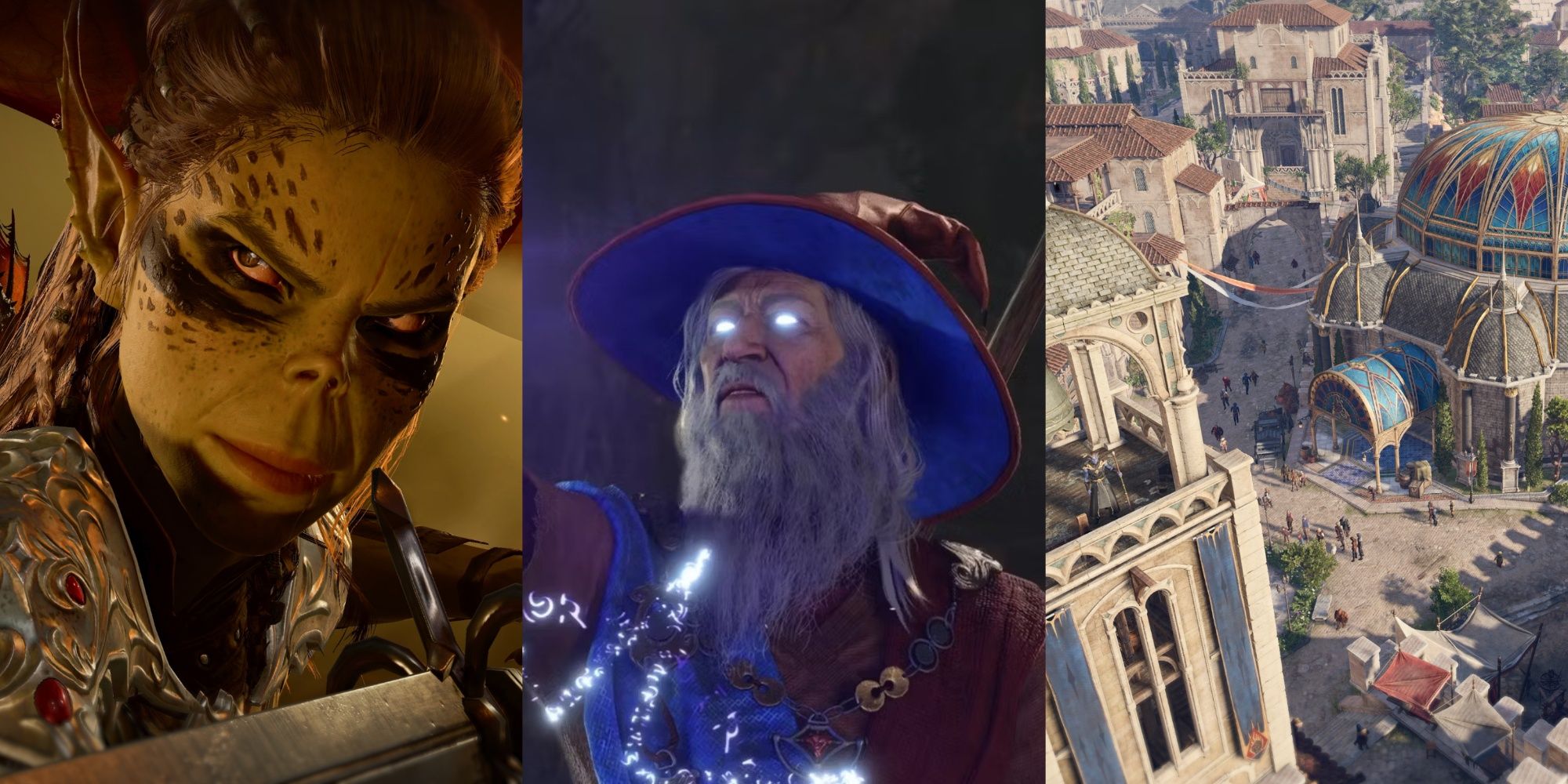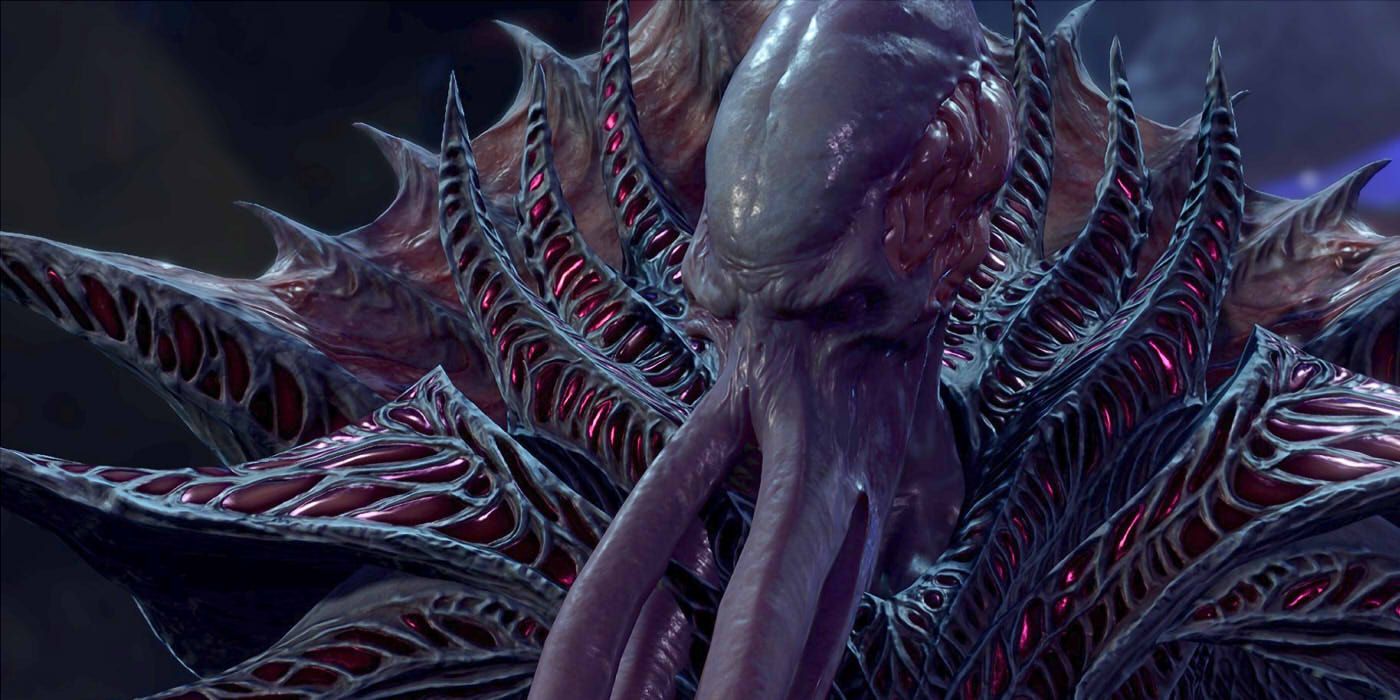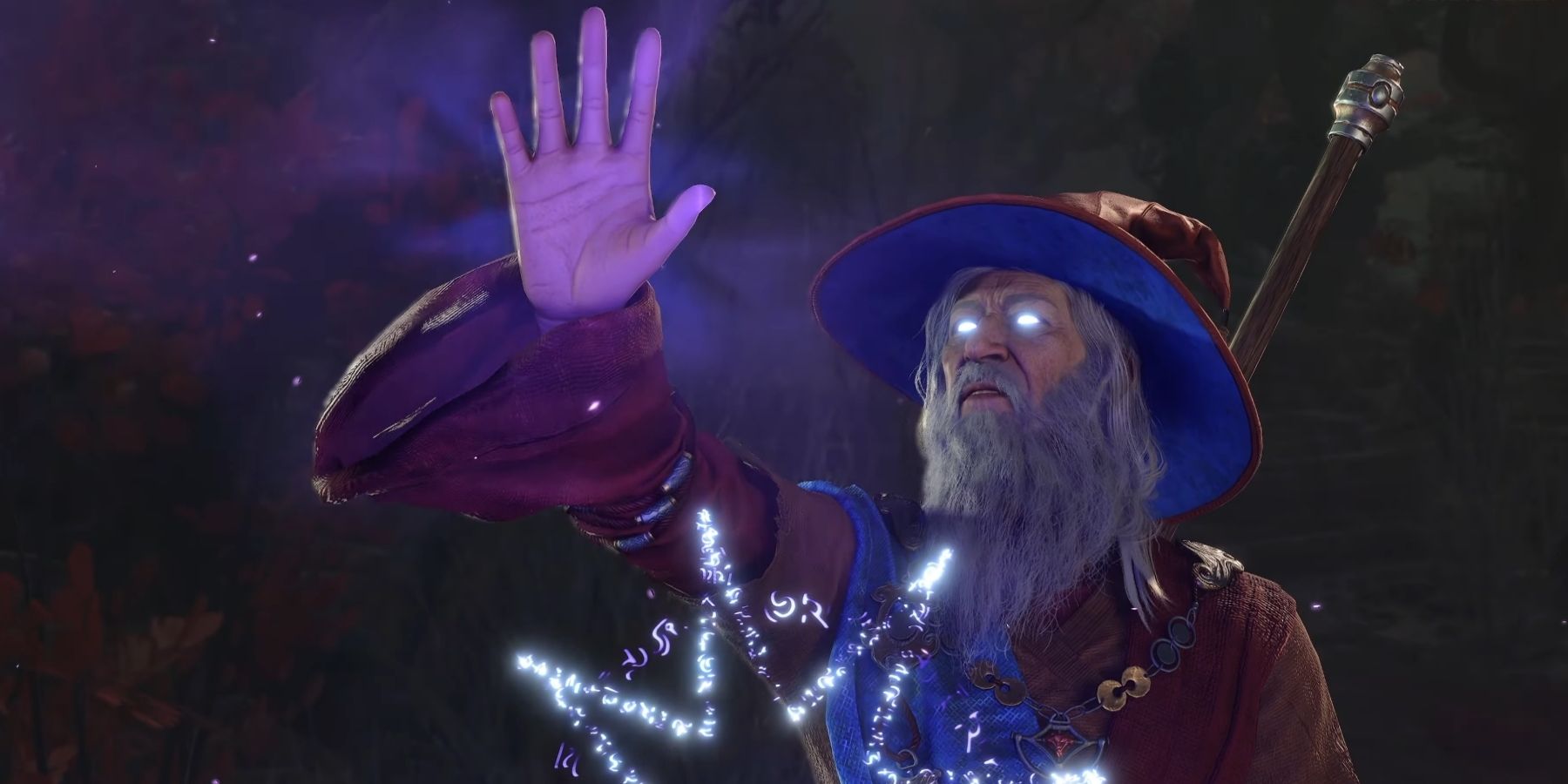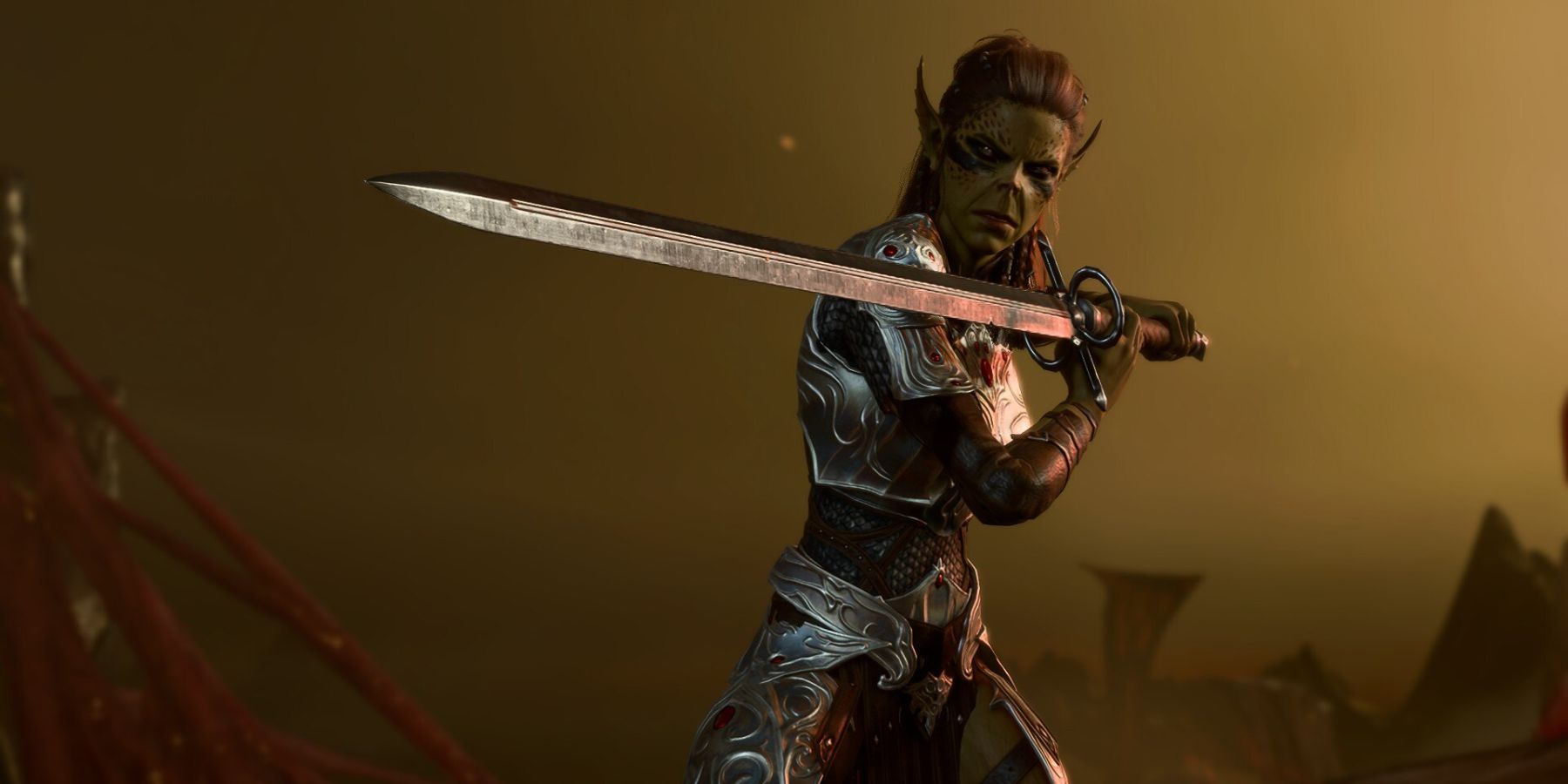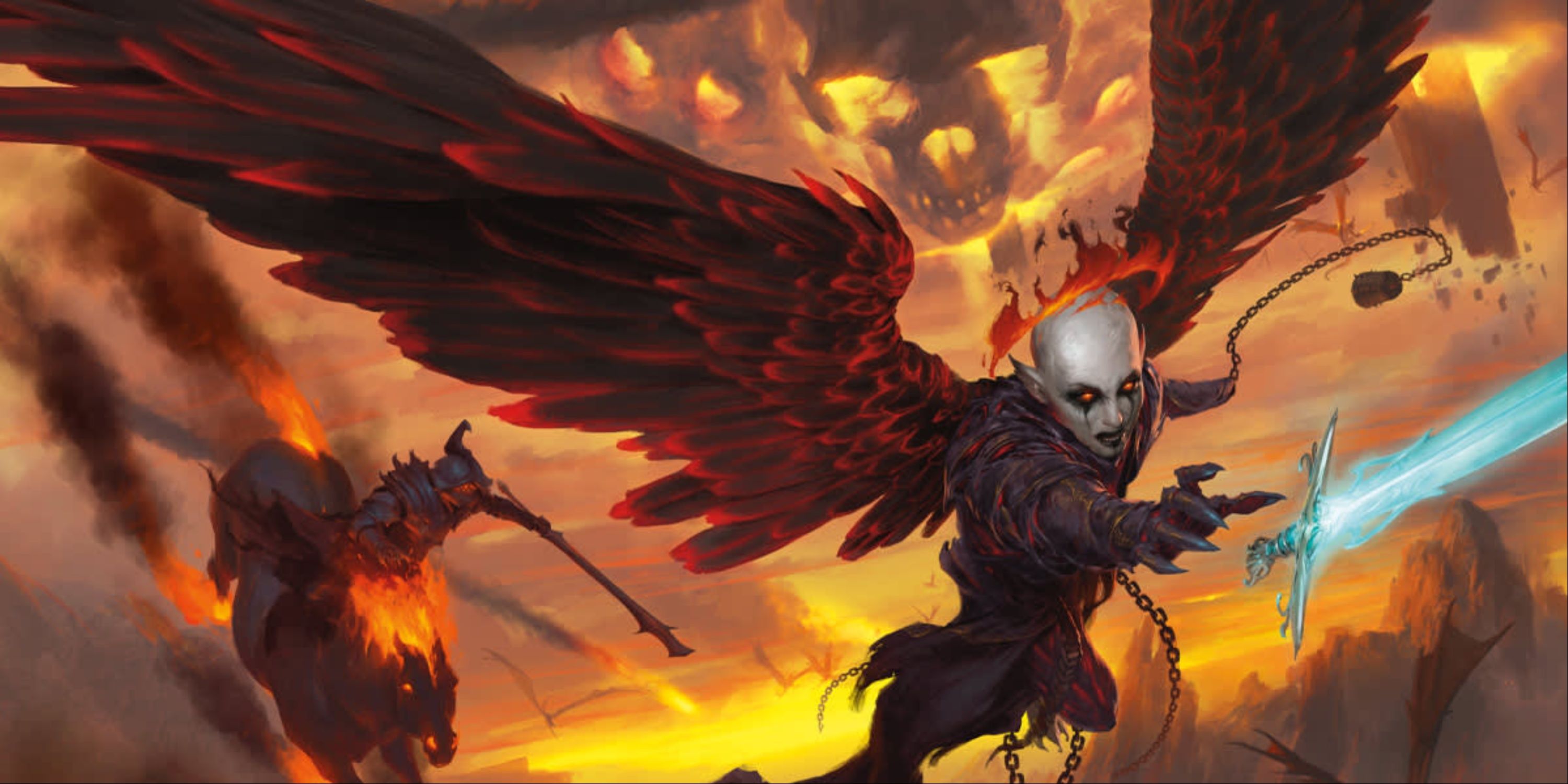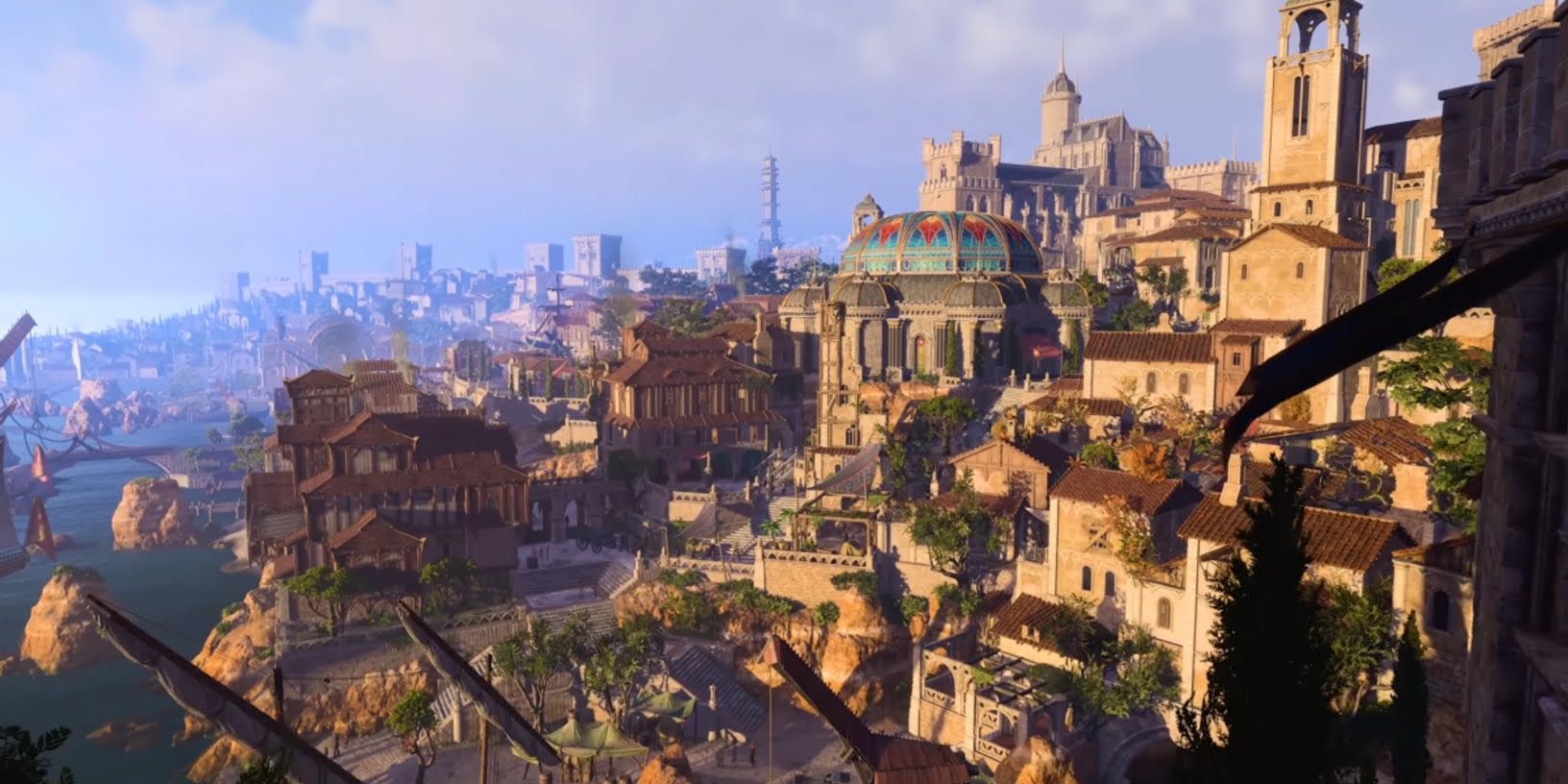Highlights
- Baldur’s Gate 3 features rich lore from the Forgotten Realms setting of Dungeons and Dragons, which can be overwhelming for new players.
- The game revolves around a war between the Mind Flayers and the Githyanki, with the Cult of the Absolute causing a revolution in the background.
- Key characters include the Mind Flayers, Elminster the powerful wizard, the Githyanki warrior race, and the iconic city of Baldur’s Gate with its history and influence.
There’s a lot of lore to grapple with in Baldur’s Gate 3, which draws from a decades-old, rich tapestry from the Forgotten Realms setting of Dungeons and Dragons. For players new to the franchise, or new to Dungeons and Dragons, it can be quite overwhelming! The game does not hold the hands of players and throws them into the deep end, placing players squarely in the middle of a war between the Mind Flayers and the Githyanki, all while a revolution brews from the Cult of the Absolute.
Baldur’s Gate 3: Should You Free Orpheus?
Orpheus’ fate can have a major impact on the conclusion of Baldur’s Gate 3. Here’s what happens if players decide to free him or keep him locked up.
Iconic characters are popping up left, right, and center, and it can be easy to get lost and confused in a world where players will be able to feel the hundreds of years of in-universe lore at every turn. Here are some of the most crucial lore aspects of Baldur’s Gate 3.
1 Mind Flayers
Alien Illithids Feared Across The Multiverse
The Mind Flayers are a key part of Baldur’s Gate 3, from the tadpole in players’ brains to the Emperor, their influence is plastered across the game. For the uninitiated, a Mind Flayer is a somewhat strange concept. They are creatures that possess psionic powers and assert their power by controlling minions whose brains they will extract and eat. The Mind Flayers are a very unique part of Dungeons and Dragons lore, and not something that casual fans may know much about.
These squid-looking creatures are evil by nature, and highly intelligent. Typically, a Mind Flayer will be obsessed with world domination and excel with their psionic abilities, which can allow them to charm creatures, dominate monsters, read thoughts, and more. They are usually served by their Thralls, which are often creatures that Mind Flayers wouldn’t like to eat, making them particularly formidable opponents to humanoid creatures. In Baldur’s Gate 3, there is a unique Mind Flayer who has overcome their innate evil to work towards a common goal with the players, the destruction of the Elder Brain, who typically exerts control over a colony of Mind Flayers who function as a single hive mind.
They are typically found in dark, damp dwellings like The Underdark. Don’t be fooled by the Emperor though, like all Mind Flayers, he is still a master manipulator who will discard and work against the player should the opportunity suit them. Mind Flayers reproduce by laying eggs of tadpoles, which typically go on to infect a humanoid and eat their brain from the inside, turning them into a Mind Flayer. This is the inciting incident for Baldur’s Gate 3, as the players embark on a quest to remove the tadpole, which is mysteriously dormant.
2 Elminster
The Sage Of Shadowdale
Elminster is a powerful wizard who makes a few appearances in Baldur’s Gate 3 and seems to be a friend and ally of Gale, the Wizard of Waterdeep. The full story of Elminster is hardly touched upon in Baldur’s Gate 3, but what is known is that he is the current chosen of Mystra, the Goddess of Magic, replacing Gale after he meddled with dangerous magic in an attempt to prove himself to Mystra. Elminster is a staple of the Forgotten Realms setting, appearing in over a dozen novels and each game in the Baldur’s Gate franchise.
Elminster’s age is not certain, though Gale described him as around “thirteen centuries old.” The origins of Elminster are found in the novel Elminster: The Making of a Mage, which explains that his family suffered a terrible fate, causing him to wield his father’s sword in battle. Elminster soon discovered his distaste for killing, and became a burglar, eventually becoming friends with a thief. During his escapades, Elminster eventually met a Magister, who proposed the idea of learning magic, which Elminster promptly refused due to his hatred of wizards for causing the death of his family.
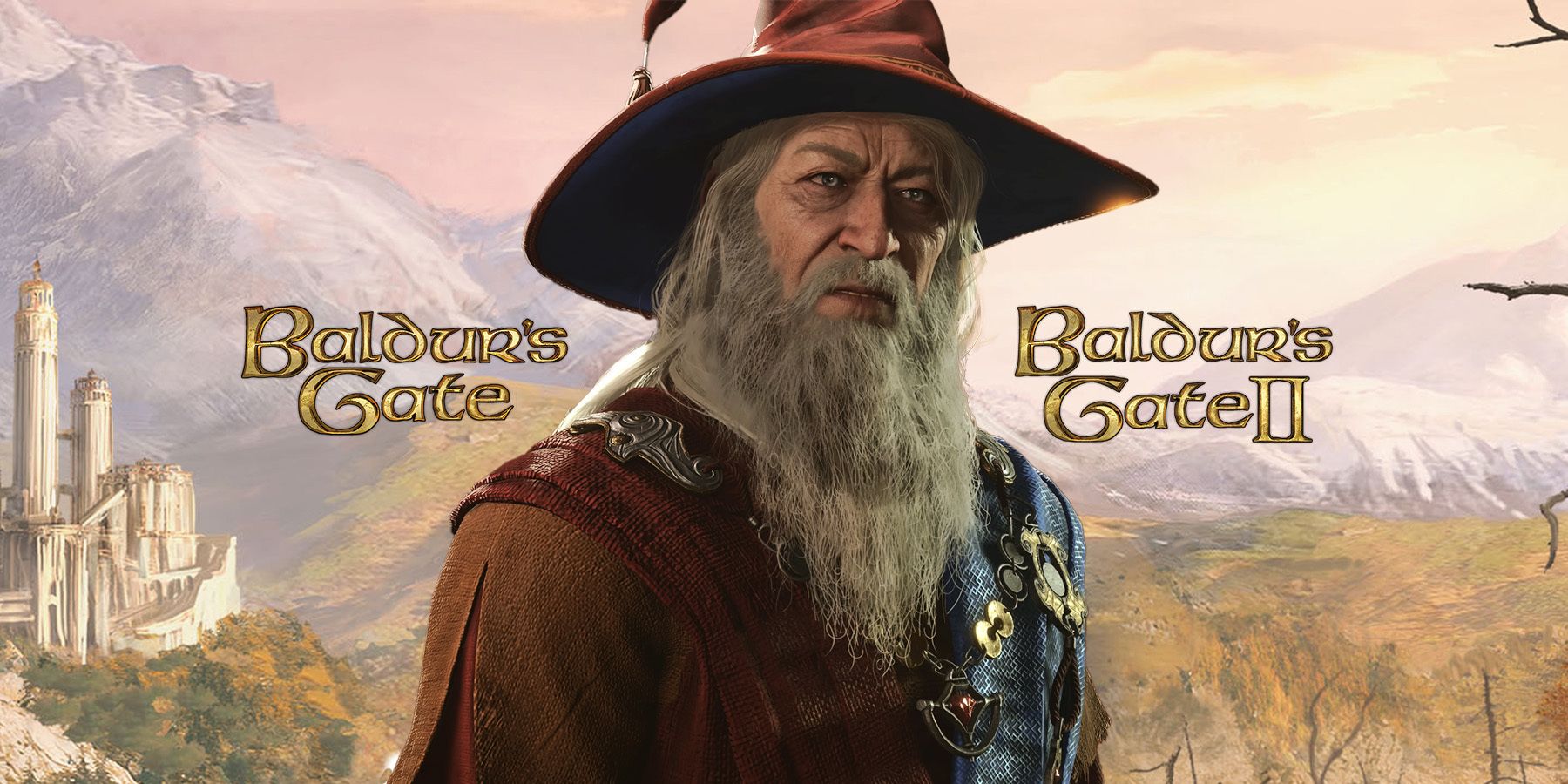
Baldur’s Gate 3: Elminster’s Role in BG1 and BG2 Explained
Before showing up to speak to Gale in Baldur’s Gate 3, mage Elminster Aumar appeared as a mysterious advisor in Baldur’s Gate 1 and 2.
Later, Elminster met Mystra, which inspired the now world-famous wizard to learn magic, eventually using his newfound knowledge to take revenge against those who killed his family. He was eventually named as one of Mystra’s Chosen. Elminster’s long and storied history can and has filled many novels, but his status as a powerful wizard is important to understand to truly grasp the ramifications of Gale’s storyline in Baldur’s Gate 3.
3 Githyanki
Astral Plane Natives With A Taste For Battle
The Githyanki are a warrior race native to the Astral Plane. They stand in opposition to the Mind Flayers after they were enslaved for generations. This enslavement granted the Githyanki psionic abilities, which is a common theme in Baldur’s Gate 3, with many Githyanki weapons dealing extra psychic damage on a hit. The Githyanki are a merciless and unyielding race that excel in combat, raising their young with the express purpose of becoming fearsome warriors.
They are ruled by Vlaakith CLVII, The Lich Queen, who in Baldur’s Gate 3 is seeking Shadowheart’s Artefact that contains the Emperor. Vlaakith is a key part of Lae’zel’s story in Baldur’s Gate 3, as her undying loyalty begins to waver through the course of the game, as she discovers that Vlaakith is attempting to slay Prince Orpheus, the true ruler of the Githyanki and son of The Mother Gith, and the only one who can expose Vlaakith and save the Githyanki from her tyranny. The Mother Gith was the leader of the rebellion that would free the Githyanki from millennia of enslavement by the Mind Flayers.
4 The Blood War
A Conflict Plaguing Avernus Between Devils & Demons
The Blood War is a key aspect of Karlach’s backstory. The Barbarian Tiefling was a soldier in Zariel’s army in the ancient conflict between the Demons of the Abyss and the Devils of the Nine Hells. Zariel is the Archdevil of Avernus who was hell-bent on winning the Blood War. After the Nautiloid plunged into the Nine Hells, Karlach was abducted and given a way out of the never-ending Blood War that had ravaged Avernus, the first layer of the Nine Hells. The cause of the Blood War is not known for certain but is generally believed to be due to the war against chaos instigated by the Wind Dukes of Aaqa against the Queen of Chaos.
Others believe that the Blood War is related to the wars between law and chaos, which existed from the beginning of time itself. While the rest of the multiverse was able to achieve some level of harmony, the Devils of the Nine Hells and the Demons of the Abyss were simply unable to deviate from their inherently evil nature and continued the fight for all eternity. Whatever the origin, it’s clear that there is no end in sight for the undying Blood Wars, and those unlucky enough to be caught in the midst of it, like Karlach, can only dream of a way out.
5 The City Of Baldur’s Gate
An Iconic And Important City On The Sword Coast
The City of Baldur’s Gate itself has a rich history. Named after the hero Baldur, it is one of the most iconic and prosperous cities in not just the Sword Coast, but all of Faerûn. By the time of Baldur’s Gate 3, the city itself is hundreds of years old. The area where the city would eventually be built was once ruled by a hill giant named Lok. Eventually, a harbor settlement appeared, which was known as the Gray Harbor. Balduran, the hero, explorer, and founder of Baldur’s Gate, would eventually return home, having amassed a large sum of wealth on his travels.
He funded the construction of great walls to protect his homeland, and would mysteriously vanish after setting off on another expedition. People from all over would flock to the safety of the great walls, eventually forming the city now known as Baldur’s Gate. The city is known to be a place of prosperity and opportunity for people of all creeds and backgrounds. The true expanse of Baldur’s Gate is not fully available to behold in Baldur’s Gate 3, as only the lower city is explorable by Act Three.
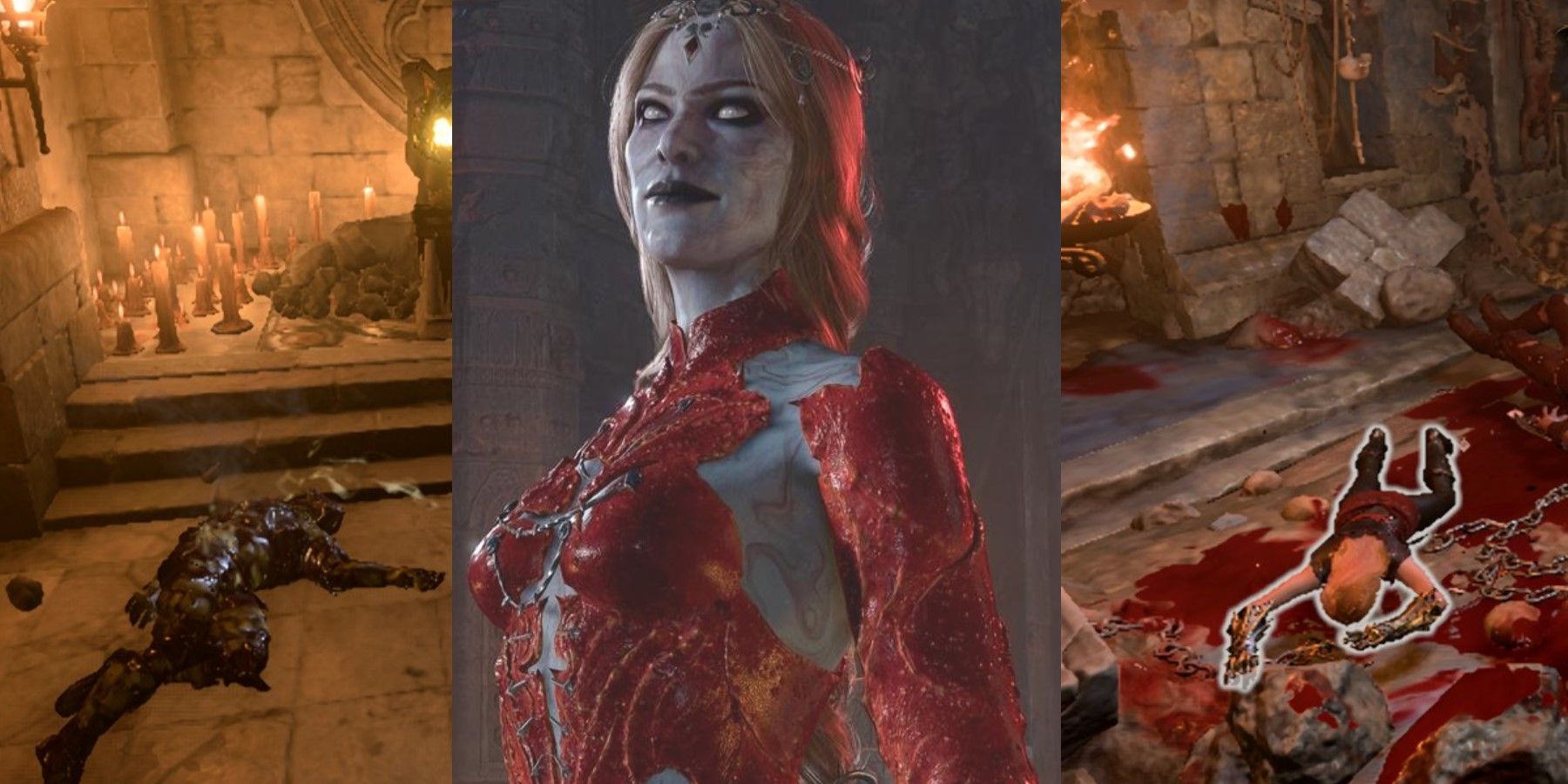
Baldur’s Gate 3: All Orin’s Murder Effigies Explained
Orin the Red’s grisly artistic murder effigies in Act 3 of Baldur’s Gate 3 reference iconic enemies from Baldur’s Gate 2: Throne of Bhaal.
The status of the city, and its influence across Faerûn, provides ample opportunity for the well-intentioned and ill-intentioned alike, and as such, is a prime target for the Chosen of the Dead Three, Enver Gortash, Ketheric Thorm, and Orin the Red, who want to use the Crown of Karsus to enslave the Elder Brain to send their armies of True Souls to take control of the city, and eventually, the world.
